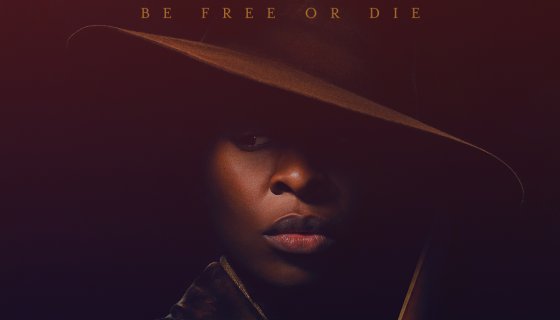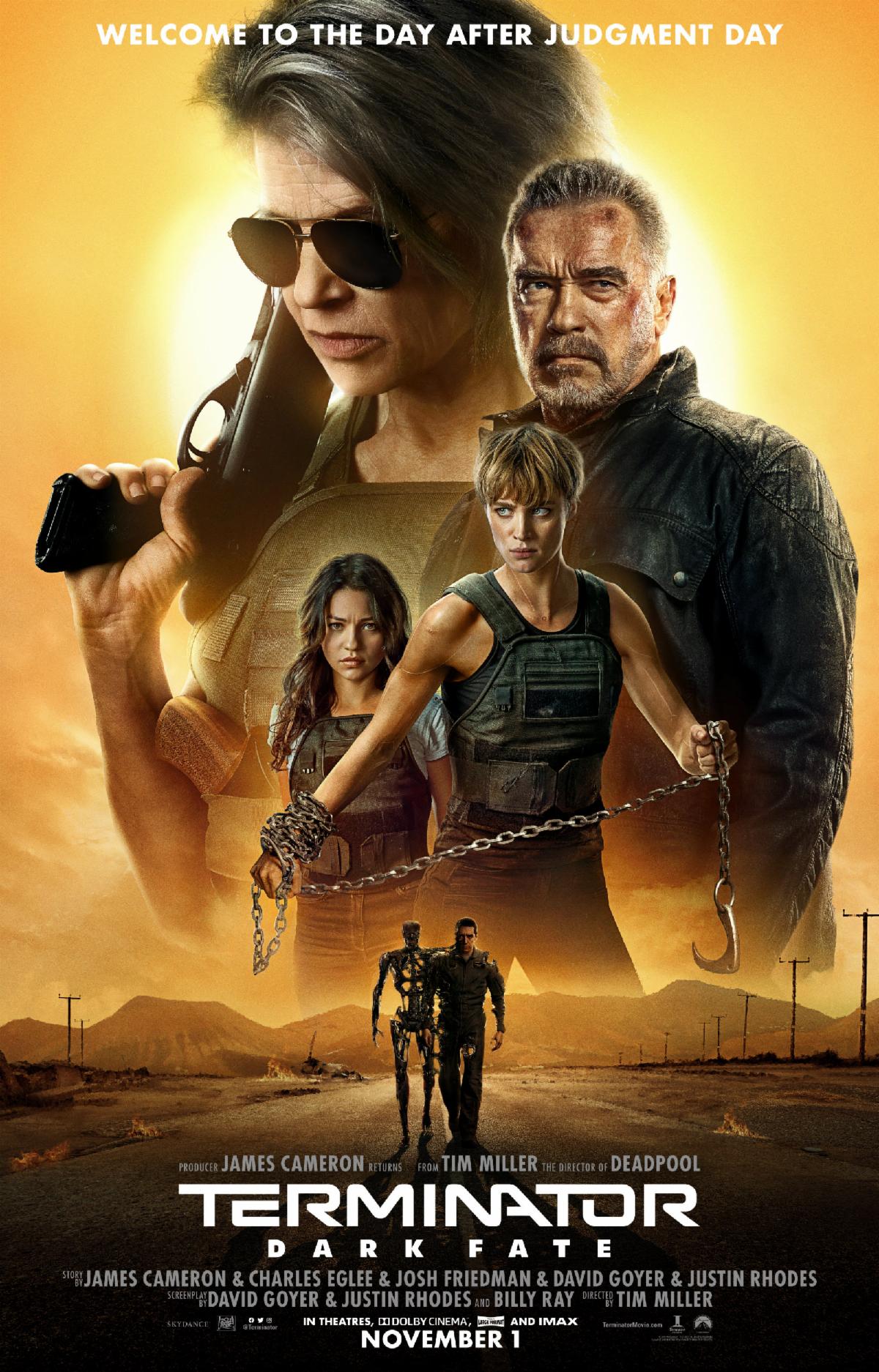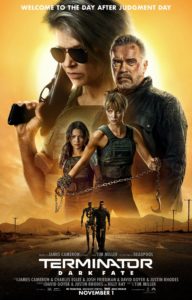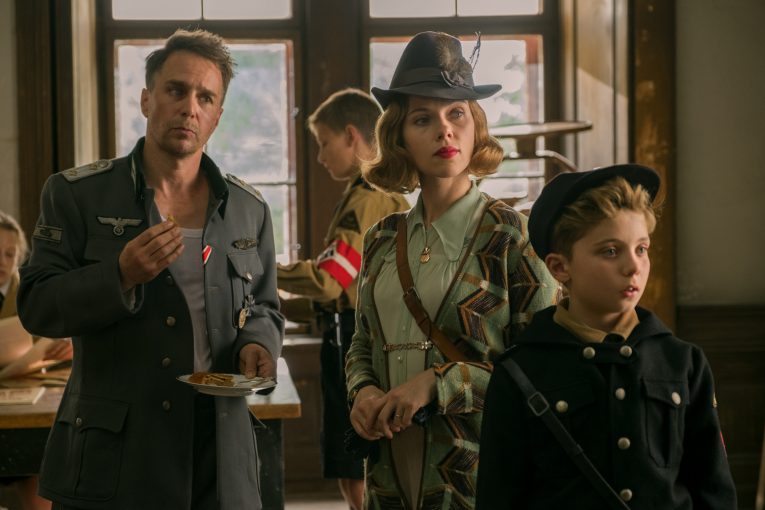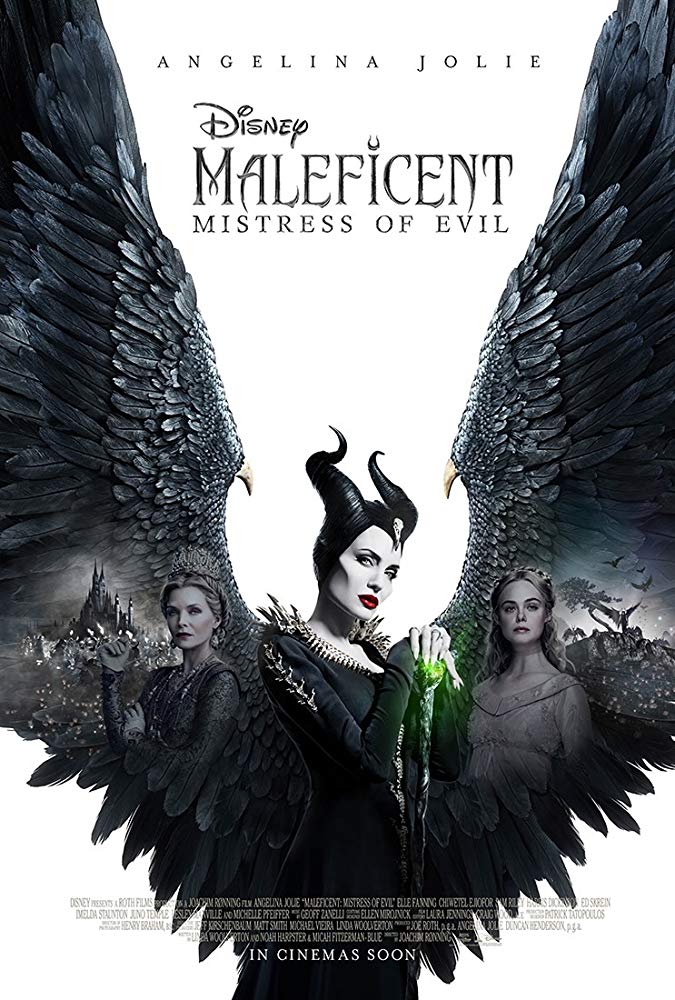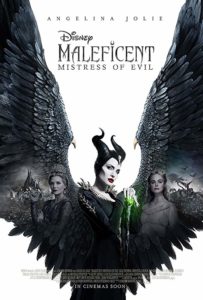Harriet
Posted on October 31, 2019 at 5:29 pm
B +| Lowest Recommended Age: | Middle School |
| MPAA Rating: | Rated PG-13 for thematic content throughout, violent material and language including racial epithets |
| Profanity: | Strong and racist language |
| Alcohol/ Drugs: | Drinking, smoking, drug use |
| Violence/ Scariness: | Intense violence including brutal abuse of enslaved and free people, references to rape, guns, wartime violence |
| Diversity Issues: | A theme of the movie |
| Date Released to Theaters: | November 1, 2019 |
| Date Released to DVD: | January 27, 2020 |

Credit: Glen Wilson / Focus Features
There should have been a movie about Harriet Tubman decades ago. And yet, this moment for “Harriet” is just right, because the story of the woman who led more than 70 enslaved people to freedom and was the first woman to lead an armed expedition for the U.S. Army was made at a time when it could be written and directed by Kasi Lemmons and star Cynthia Erivo, who is nothing less than electrifying in the role.
Harriet Tubman was a name she chose. Born to enslaved parents on a plantation in Maryland, she was called Minty, short for Araminta. Although her family was supposed to have been freed by the terms of the plantation owner’s will, his widow (Jennifer Nettles as Eliza) and son (Joe Alwyn as Gideon) refuse to acknowledge their right to freedom. Minty marries a free man she dearly loves. But when Gideon plans to “sell her down the river” to the Deep South, as he had sold her siblings, Minty decides she has to run away, no matter what the risk. She has no map, and if she did have one she could not read it. What she had was determination, the ability to run fast, the North Star, and an innate sense that helped her to elude her would-be captors.
That innate sense is part of Tubman’s legend. She had some kind of seizure disorder, probably the result of a horrific beating from the plantation owner. She thought it was a connection to God. Whatever it was, she was able to make it to safety in Philadelphia, where she met free black people of culture and accomplishment, including William Still, and Marie (the exquisitely gracious Janelle Monáe), a fictional character inspired by Tubman’s real-life friend. Her choice of a new name and her introduction to the possibilities of freedom are movingly portrayed.
But she cannot rest until her husband can join her. And so, she makes the treacherous trip back. That trip does not turn out as she intended, but it gives her a new purpose; giving other enslaved people a chance to be free.
Erivo is incandescent in the role, one of the great performances of the year in a story that is as vital as history as it is timely.
Parents should know that this is a film about slavery and escape and war, so there is extended peril and violence, including beatings, attacks, and abuse with references to rape. There is a Civil War battle scene. Characters drink and use strong language.
Family discussion: Why did Harriet Tubman choose that name? What name would you choose? Who is most like her today?
If you like this, try: “Glory” and Nate Parker’s “Birth of a Nation”

